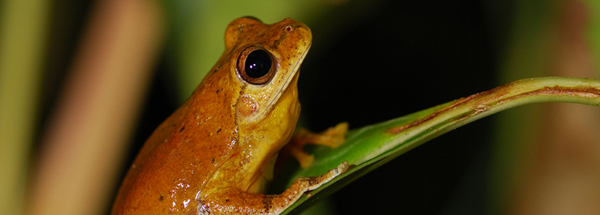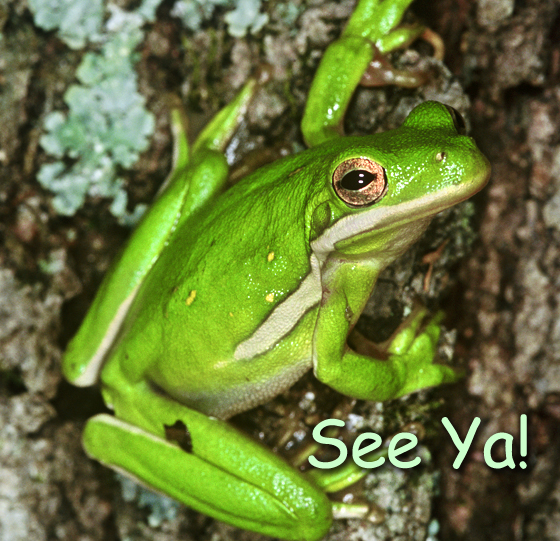
I still clearly remember falling in love with amphibians when I was a toddler. My older brother and sister used to catch frogs for me in the stream behind our house. Unlike most wild animals, amphibians are “accessible” in this way. Perhaps it was this early imprinting that spurred my lifelong fascination with them. In college I studied wildlife biology mostly just to take Herpetology class. Amphibians were my impetus for pursuing photography, and the subject of my films. To this day, flipping over forest logs and finding a salamander is like finding treasure for me.
Amphibian Mass Extinction
It’s a sad reality however that amphibians have begun a rapid extinction across the planet. I don’t simply mean they’re undergoing gradual declines and one day a few frogs will be extinct. 160 amphibian species have already gone extinct since only the 1980’s. Of roughly 7,000 remaining amphibian species, 30% are currently unstable and headed for extinction. That means with current trends in habitat degradation and human-caused amphibian plague, you’ll likely see the extinction of over 2,000 amphibians in your lifetime. Worse yet, at this moment roughly 500 frog, toad and salamander species are beyond the point of no return. In as quickly as the next few months to years they are confirmed to become extinct in the wild…no matter what happens. In those 500 cases, there are too few reproducing individuals left alive in the wild to sustain the species. It took 30 years to kill off 170 species, but now 500 will be extinct in a far shorter time because exterminating factors have exponentially worsened. Though this is the fastest mass extinction in the history of planet Earth, I’m certain only a scant minority of humans are aware of it. PLEASE WATCH THE VIDEO BELOW! David Attenborough gives an entertaining and powerful summation of this crisis.
Last Panamanian Golden Frog |
Why is this happening?You may be surprised to learn the main cause of the amphibian extinction, which National Geographic explains in this article: “Apocalyptic, catastrophic, devastating: All words used to describe chytrid fungus infections that are wiping out amphibians around the world…“ Is there a last resort?For the 500 terminally endangered species, basically you pluck the last remaining individuals out of the wild and keep them alive and reproducing in zoos and “arks”. Please read about these Amphibian Ark Ex Situ Survival Programs. |
For remaining amphibians, there’s still hope, but it will require extensive research, and a monumental discovery of respect for the environment. Amphibians are dependent on humans’ willingness to not over-consume and throw away materials, limit the use of chemicals and pesticides, avoid further spread of deadly amphibian plagues, and generally treat our planet as if we want it to be around for the long-term.
This film is my personal tribute to amphibians…
It describes their lives at a wetland from hatching through breeding…
Watch more amphibian movies here
How can you help against Chytrid and the Amphibian Extinction?
You can leave my blog immediately and start researching. Stop by Amphibian Ark, a great starting point with lots of information…NOW GO YOUNG GRASSHOPPER!

Hey, we love your new website and we also love that Sir David clip about the golden frogs. Looks like you’ve been working hard. K & T x
Thank you Tom and Kirsten, hope you both have a happy new year!